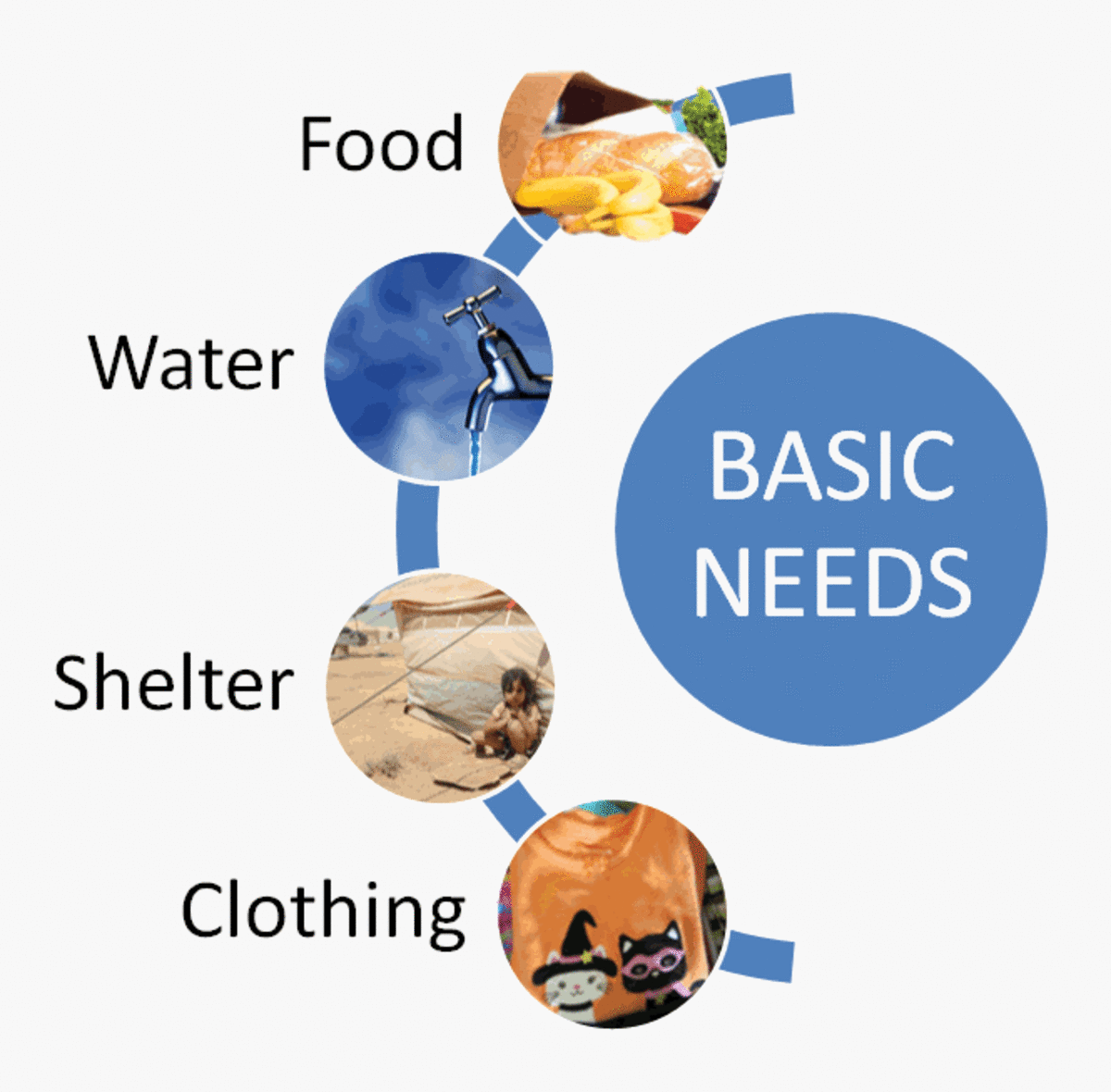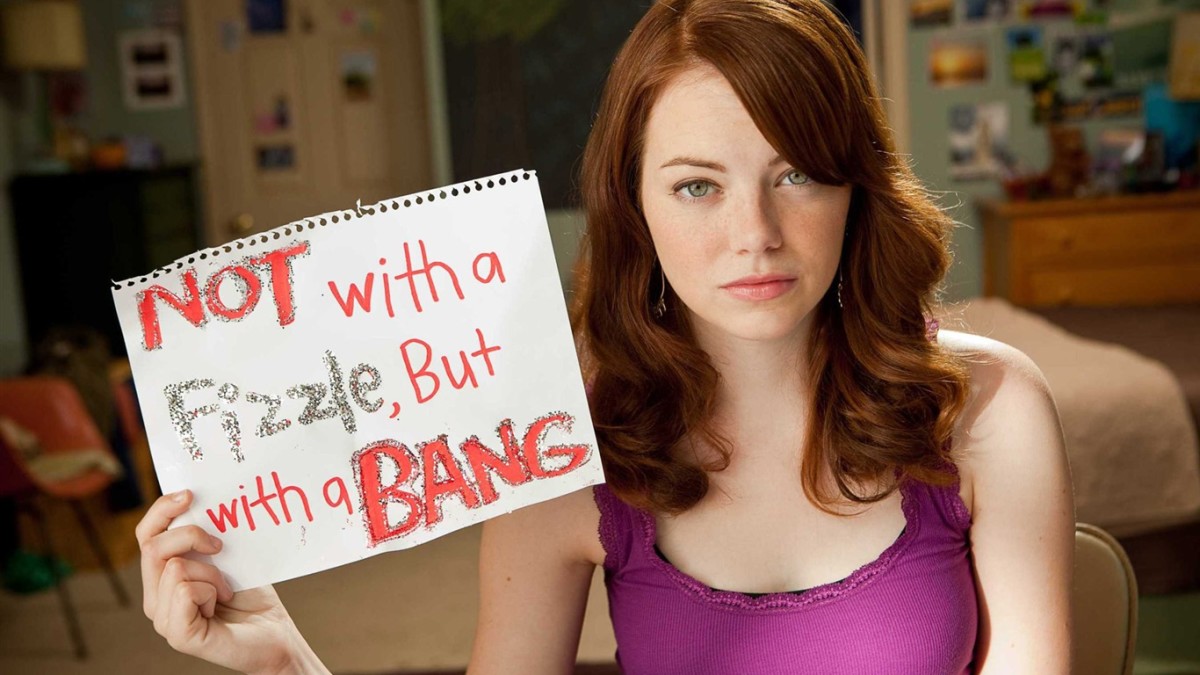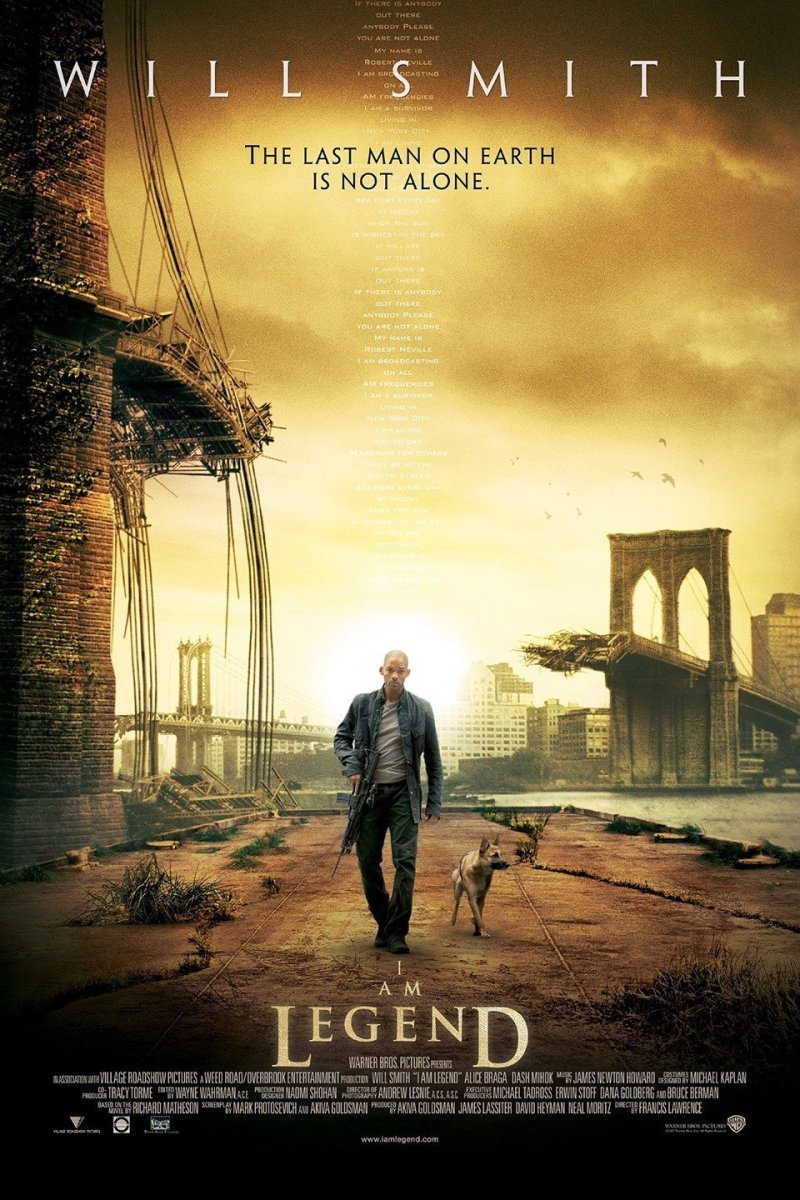The Line Between Tokenism and Diversity

If you ever seen the movie, Top Gun, you would already be familiar with the iconic characters of Maverick, Goose, and Iceman. But pop quiz: do you remember the character of Sun Down?
No? No worries, because up until a couple of years ago I hadn’t either. A quick refresher, Sun Down was one of the pilots competing at the Top Gun academy; in fact he was the sole Black pilot there. What made it even more unsettling was that he felt shoe-horned into every scene he was in, feeling more like a photo bomb than a character or even a backdrop. It was almost like the directors and producers were saying, ‘Hey look! We have our Black guy!’
I am not one to go shoving Black pride in peoples’ faces, but even I found this representation both dishonest and insulting. It did not feel natural to the story at all and there is a word for this: tokenism.
But in today’s movies, much of these forced representations are par for the course and almost mandatory. It’s almost like tokenism has become one of those ‘claimed’ slurs and has become a good thing.
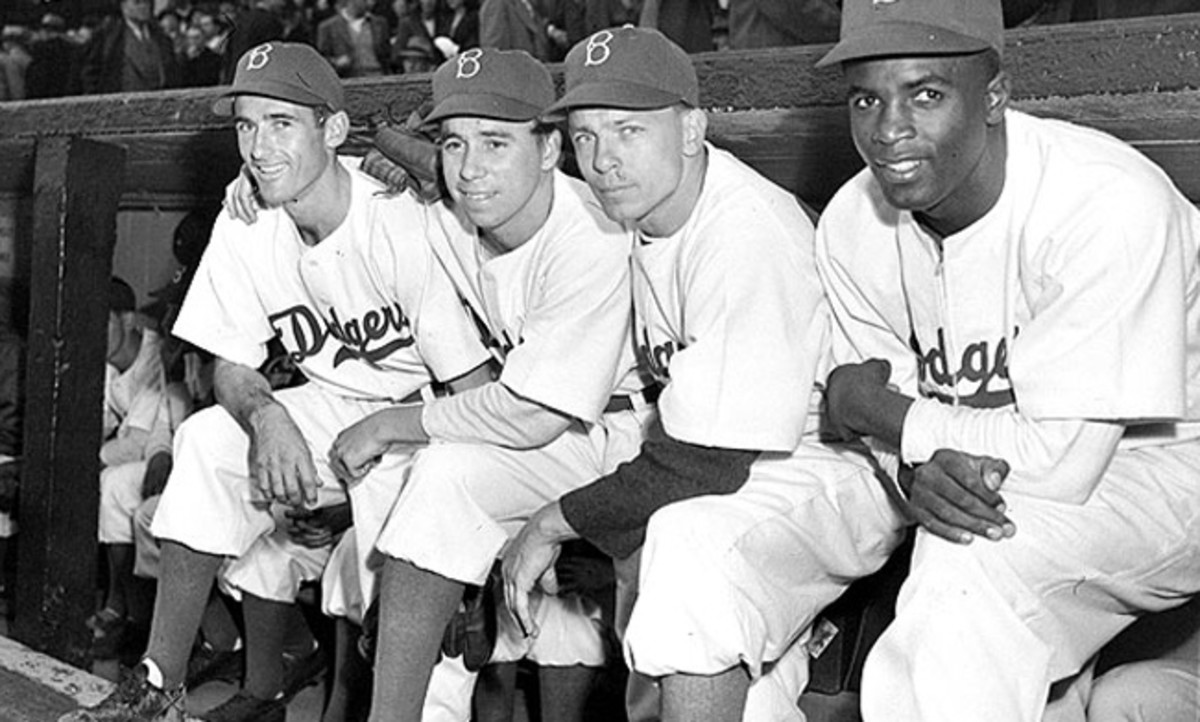
Poster Child
In its early days, you could refer to tokenism as an early attempt at political correctness, but for the wrong reasons. An attempt by the establishment made up of old guard companies and studios to appease the increasing diverse masses by throwing them a bone. The 1960’s and 70’s had the American non-white populace, truly joining the mainstream culture.
The phenomenon was designed to shut up progressive groups who were raising a stink about their image on the national stage and demanding opportunities to break the glass ceiling. With a couple of minority actors, they could claim that they were not racist and being inclusive, while at the same time keeping the glass ceiling to limit their actual progress.
Not all movies did this. There were a number of successful films featuring minority actors that became successful and even iconic, like Rocky and Enter the Dragon just to name a few. Yet there were still a large number of studios that for their own private reasons would not accept non-White actors as the main draw. A prime example of this was the 1960’s series Kung Fu, about a wondering monk travelling across America and spreading Chinese philosophy. The show was created by Bruce Lee and he was supposed to star in it, but instead was replaced by a White actor, David Carradine. Following that line, Jean Claude Vandamme, was put up by Hollywood as an ‘White Bruce Lee’: someone with the moves and skill of the original, but was more acceptable to the audience, at least in the execs’ minds.
Other instances of token appearances had a lack of meaty and substantial roles. What appearances the cast would have would be limited to unimportant roles not critical to the story. This side-by-side trend of glass ceiling and noticeable success would continue even into the 1980’s, hence Top Gun. And it was often argued that the existence of the one negated the truth of the other.
"It’s almost like we have not only accepted tokenism, but turned it on its masters to enslave them to our parameters. "
Same Car, Same Direction, Different Drivers
That was then though, and this is now. So what do we have now?
The demand for more diversity in Hollywood is louder and clearer than it has ever been. Studios would be hard pressed today to front a popular, tent pole film with an all White cast or to replace an ethnic character with a White actor without someone calling bullshit. Thanks to Twitter and Facebook, there are plenty of people who will ask, ‘where’s the colored people at?’, and bad publicity has proven to cost studios millions of dollars. This is a good thing in a lot of ways: the masses keeping powerful institutions in line as it were. Studios seem to not have the omnipotent power to do what they please that they once had.
However there is also a danger to this new checks and balancing, and it also relates to tokenism, but from the other direction.
While the demographic has obviously shifted towards a populace comfortable with non-white and alternatively-sexually oriented actors in major roles, many of the attempts to follow this still feel forced. It feels in many cases that it is the masses or the groups claiming to represent them that want the token present: sometimes, at the cost of the story yet not really caring. Just as long as the quota is being kept.
It’s almost like we have not only accepted tokenism, but turned it on its masters to enslave them to our parameters. To have what we now call a ‘diverse’ cast is no longer insulting, but progressive.
There is one positive element in this though I cannot deny. When Rogue One came out, it was Disney’s first real outing with a really diverse cast of sexes and races beyond the usual Black and and White. One of the lead roles was of Cassian Andor, played by Mexican actor, Diego Luna. While I didn’t think much of it at first, I read an article where a Mexican child who had saw the movie was so blown away by seeing a Mexican as the hero that he got his father to come see the movie as well. The father was even more touched and shocked than his son and wrote a touching letter to Luna thanking him for his representation.
This was the first real impact I had seen with the new push for diversity, and it wasn’t lip service from some liberal group or SJW. It was average people with no social agenda inspired by seeing someone like them on screen in a role of importance. Similar stories then happened with Wonder Woman and it became clear to me that whether this was a new tokenism or not, it was clearly having a more positive affect on audiences than it did thirty years ago.
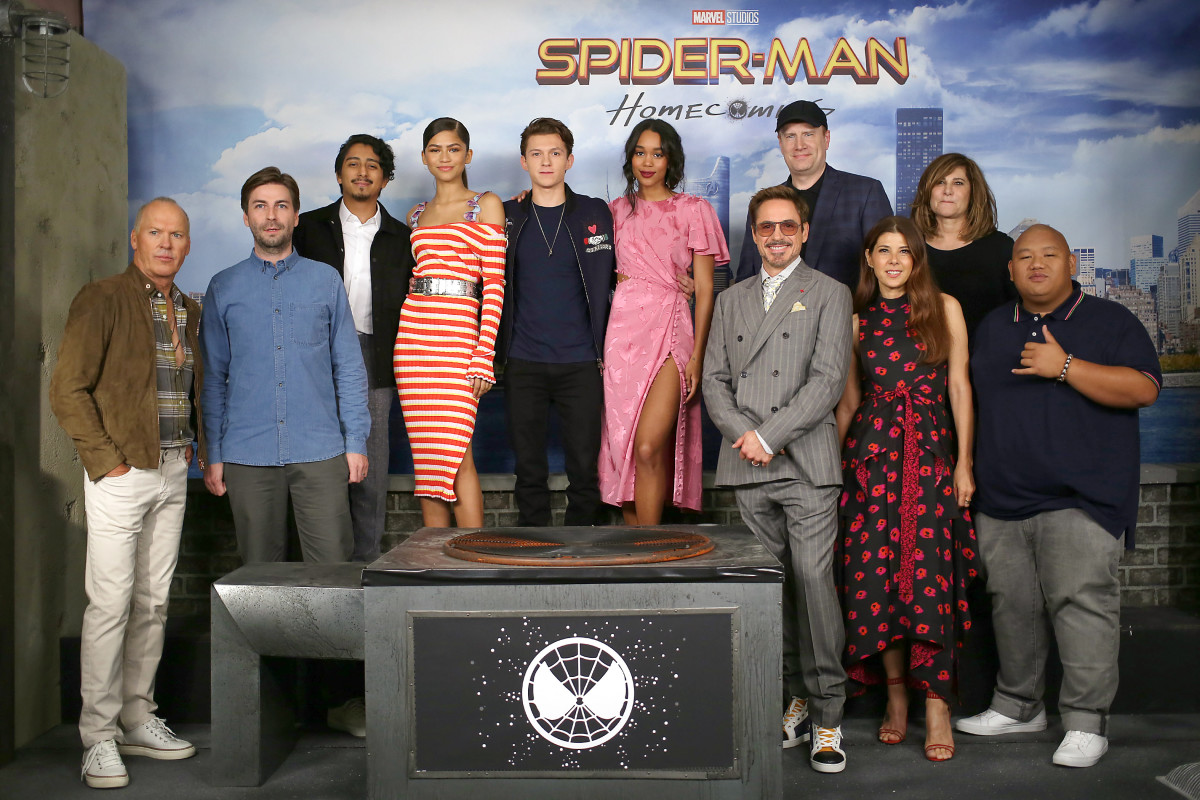
Being Real
The potential danger in this trend is the effect it may have on what drives us to movies, television, and Netflix in the first place: sacrifice of story, character development, and quality. Several series and movies are already under fire from this threat like Doctor Who, Doctor Strange, and Game of Thrones. The lack of a solid story or the feeling of having ideas forced down our throats via shallow character portrayals is what many of us have started calling ‘fan-boying’ films and shows. It means that the show gives the audience what it craves, even if its shallow, serving no real point to the plot. But it’s all good as long as the progressive movement is moved along.
Recently however its starting to improve and get more of a balance. Wonder Woman was scrutinized from its very conception as a feminist agenda power point film, complete with a female director. What it became is the highest grossing film of 2016, with equal representation for both genders that didn’t dumb down the other.
So studios and audiences are starting to understand that there needs to be balance in their work. A diverse cast with a shit story cheapens both the whole film and the push for equality as a whole.
The difference between tokenism and diversity is how the Non-White actors/characters are treated when put next to their White counterparts. If tokenism has evolved somehow into diversity, then it must have quality and done justly. It can’t be done for the sake of fulfilling a power fantasy, no matter how legitimate the reasons are for that fantasy existing to begin with.
.



